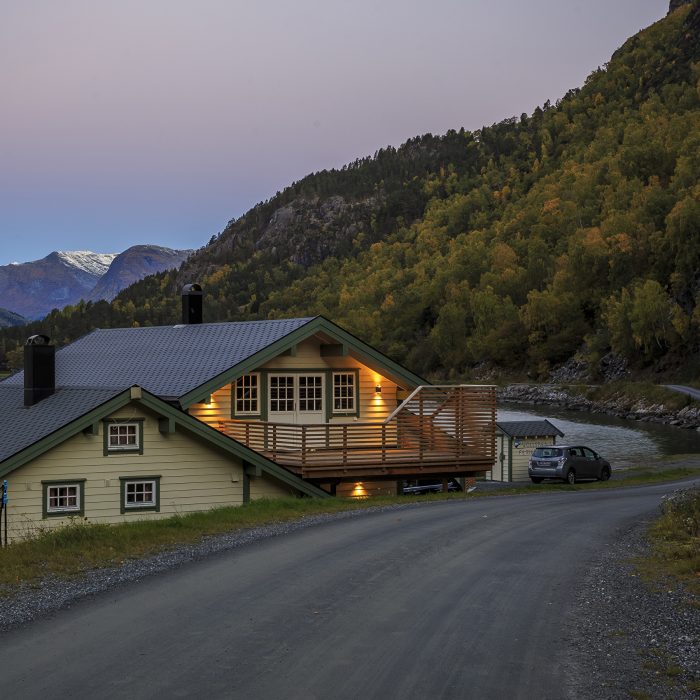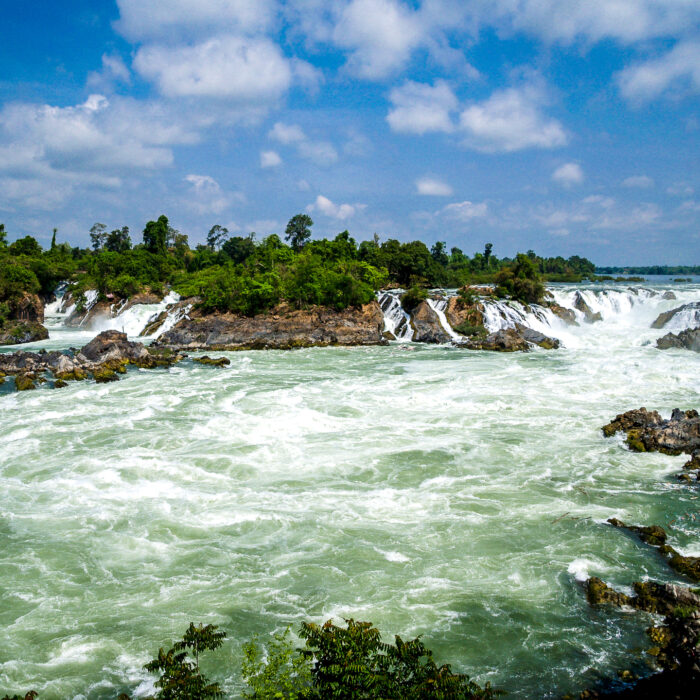Quick facts about New Zealand:
- Population: Approximately 5 million people.
- Capital: Wellington.
- Official Languages: English, Māori, and New Zealand Sign Language.
- Currency: New Zealand Dollar (NZD).
- Government: Unitary parliamentary representative democracy under a constitutional monarchy.
- Major Religion: Christianity.
- Geography: Located in Oceania, consisting of two main islands (North Island and South Island) and numerous smaller islands.
Fact 1: The Lord of the Rings was filmed in New Zealand
New Zealand’s breathtaking landscapes, ranging from rugged mountains to lush forests and pristine coastlines, provided the perfect backdrop for bringing J.R.R. Tolkien’s fantastical world to life on the big screen. The country’s diverse terrain served as the setting for iconic locations such as the Shire, Rivendell, and Mordor. Filming in New Zealand not only captured the essence of Tolkien’s fictional realms but also showcased the natural beauty of the country to audiences around the world.
Note: If you plan to travel within the country, check if you need an International Driver’s License in New Zealand to drive.
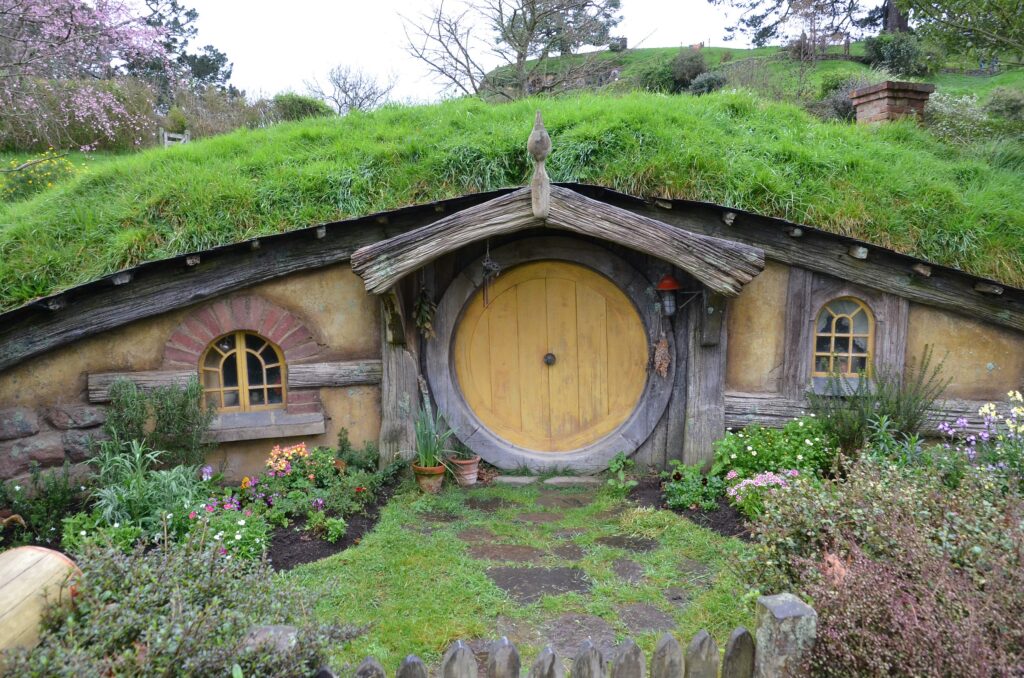
Fact 2: The kiwi is not only a fruit but also a unique bird
The kiwi is indeed a unique bird native to New Zealand, known for its distinct characteristics and significance to the country’s identity. Despite its name being shared with the kiwifruit, the kiwi bird is unrelated to the fruit and is a flightless bird belonging to the ratite group, which includes ostriches, emus, and cassowaries.
The kiwi bird is iconic for several reasons. It is nocturnal, has a long beak with nostrils at the tip, dense brownish-grey plumage resembling fur, and vestigial wings that are virtually useless for flight. Additionally, the kiwi has a keen sense of smell, unusual among birds, which it uses to forage for insects and other invertebrates in the forest floor.
Fact 3: A more amazing bird used to live here but is sadly extinct
New Zealand was once home to several unique bird species, many of which are now extinct due to human activity and the introduction of invasive species. One of the most notable extinct birds from New Zealand is the Moa. The Moa were large flightless birds, some species reaching heights of up to 3.6 meters (12 feet), making them the tallest birds in the world before their extinction. They were herbivores and played a significant ecological role in the forests of New Zealand. However, they were hunted to extinction by the Maori people and disappeared shortly after the arrival of humans in New Zealand around 1280 AD. The loss of the Moa is a tragic example of the impact of human activity on biodiversity and serves as a reminder of the importance of conservation efforts to protect endangered species from a similar fate.
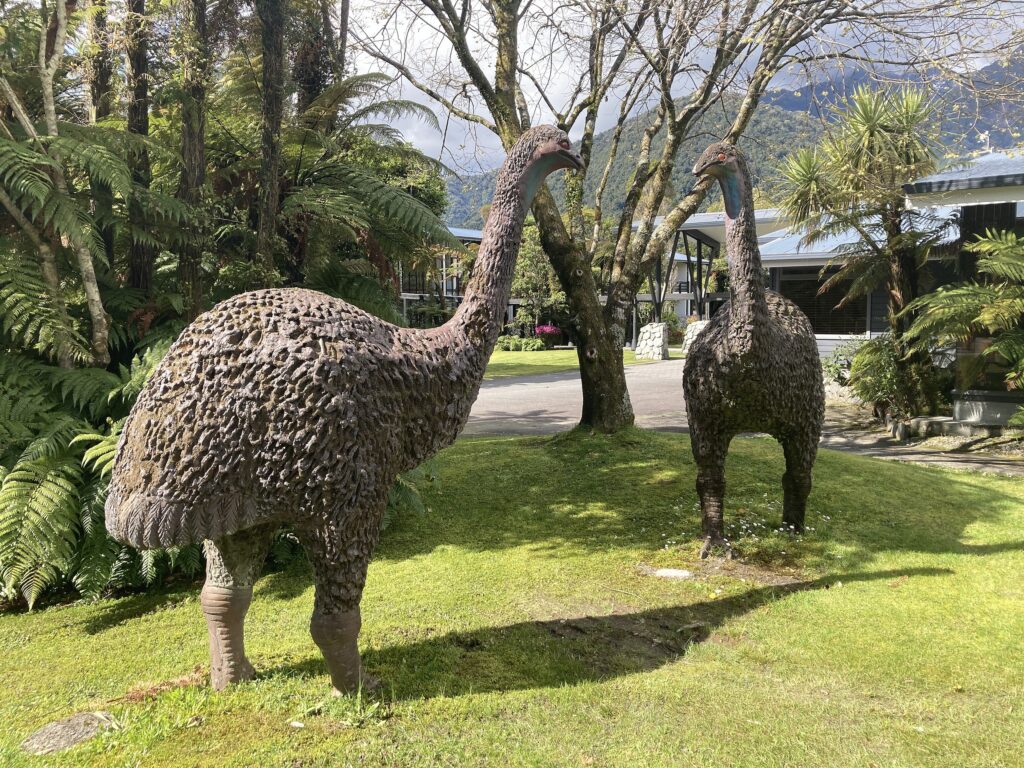
Fact 4: New Zealand is one of the few countries where sign language is an official language
In 2006, New Zealand officially recognized New Zealand Sign Language (NZSL) as one of its official languages, alongside English and Te Reo Māori, the indigenous language of the country. This recognition acknowledges the importance of NZSL as a means of communication for the Deaf community in New Zealand and promotes its use and accessibility in various aspects of society, including education, government services, and media.
Fact 5: New Zealand was the first country to give women electoral rights
New Zealand was a pioneer in granting women the right to vote in national elections, making it the first country to do so. In 1893, New Zealand passed the Electoral Act, which extended voting rights to women over the age of 21. This landmark legislation marked a significant milestone in the global struggle for women’s suffrage and paved the way for progress in other countries.
However, it’s essential to note that some regions and territories had granted limited voting rights to women in local elections or other contexts before New Zealand’s Electoral Act of 1893. Nevertheless, New Zealand’s decisive action in extending full suffrage to women at the national level remains a pivotal moment in the history of women’s rights and democratic governance.

Fact 6: New Zealand has very clean water and air
New Zealand is renowned for its pristine natural environment, including clean water and air, as well as extensive areas of protected nature reserves. The country’s relatively low population density, stringent environmental regulations, and proactive conservation efforts contribute to the preservation of its natural resources.
New Zealand’s waterways are known for their clarity and purity, with many rivers, lakes, and streams suitable for swimming, fishing, and other recreational activities. The country also has strict regulations regarding water quality and pollution control to safeguard its freshwater resources.
Additionally, New Zealand boasts a vast network of national parks, nature reserves, and protected areas, covering approximately 30% of its land area. These conservation areas are home to diverse ecosystems, native wildlife, and unique flora, providing opportunities for outdoor recreation, eco-tourism, and scientific research.
Fact 7: New Zealand has no snakes
New Zealand’s unique geological history, including its separation from the ancient supercontinent of Gondwana and subsequent isolation, has resulted in the evolution of a distinct array of flora and fauna, with no native land snakes being among them. While some marine snakes and sea snakes have been recorded in New Zealand’s coastal waters, they are rarely encountered near shore and are not considered part of the country’s native fauna.
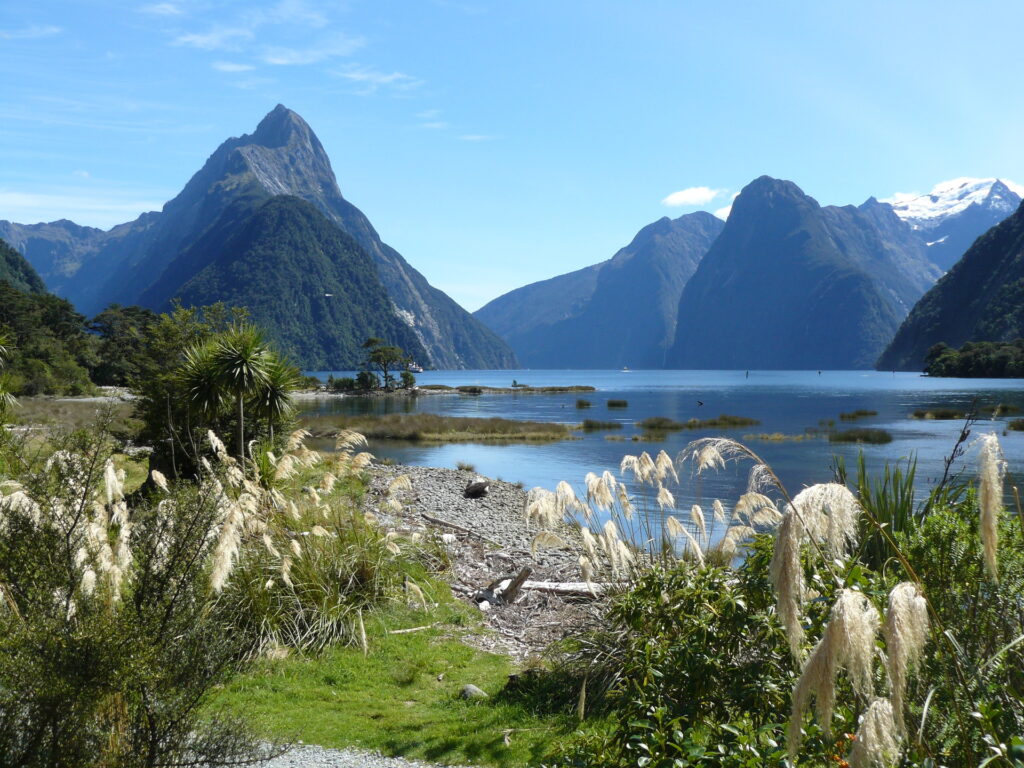
Fact 8: New Zealand’s New Year’s celebrations are summer, but there are Santa Claus parades
New Zealand, being located in the southern hemisphere, experiences New Year’s Eve during the summer months, typically with warm weather and long daylight hours. Despite the seasonal difference from the traditional winter celebrations in the northern hemisphere, New Zealanders enthusiastically celebrate New Year’s Eve with various festivities, including fireworks displays, outdoor concerts, and street parties.
Additionally, some cities in New Zealand hold Santa Claus parades, although these events may be less common compared to regions where Christmas falls during the winter months. The Santa Claus parades typically feature festive floats, marching bands, and, of course, Santa Claus himself, delighting children and families as they usher in the holiday season.
Fact 9: New Zealand is the main supplier of lamb to the world market
New Zealand is one of the world’s largest exporters of lamb and sheep products, and sheep farming plays a significant role in the country’s agricultural sector. While New Zealand’s sheep population has declined from its peak in the 1980s, sheep farming remains an essential part of the country’s rural economy.
Sheep farming in New Zealand benefits from the country’s temperate climate, abundant pastureland, and favorable environmental conditions. The grass-fed, free-range nature of New Zealand’s sheep farming contributes to the high quality and reputation of its lamb and sheep products in the global market.

Fact 10: Hiking is popular and there are many mountains and volcanoes here
New Zealand is renowned for its stunning natural scenery, and its rugged terrain provides countless opportunities for hiking and outdoor adventure.
The country boasts a vast network of hiking trails, ranging from short walks to multi-day treks, suitable for hikers of all skill levels. Some of the most iconic hiking destinations in New Zealand include:
- Tongariro Alpine Crossing: A challenging day hike that traverses active volcanic terrain, offering breathtaking views of Mount Tongariro, Mount Ngauruhoe (Mount Doom from “The Lord of the Rings”), and emerald-colored lakes.
- Milford Track: One of New Zealand’s Great Walks, this multi-day trek takes hikers through Fiordland National Park, showcasing dramatic fjords, waterfalls, and lush rainforests.
- Abel Tasman Coast Track: Located in Abel Tasman National Park, this coastal trail offers stunning views of golden beaches, turquoise waters, and native bush.
- Mount Cook National Park: Home to New Zealand’s highest peak, Aoraki/Mount Cook, this alpine region offers numerous hiking opportunities, from easy walks to challenging ascents.
- Fiordland National Park: With its towering mountains, deep fiords, and pristine wilderness, Fiordland is a paradise for hikers, offering a range of trails, including the Kepler Track and Routeburn Track.

Published March 30, 2024 • 7m to read


